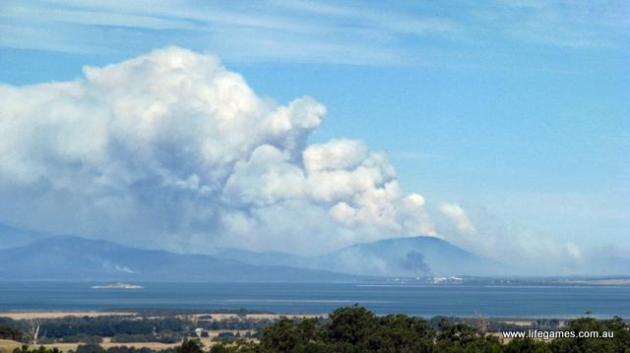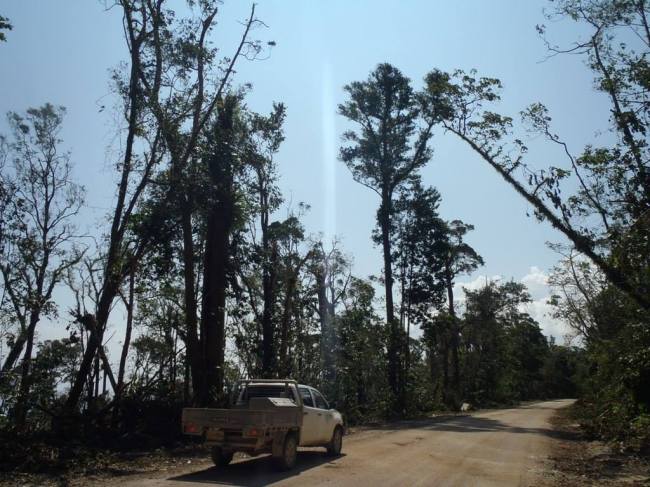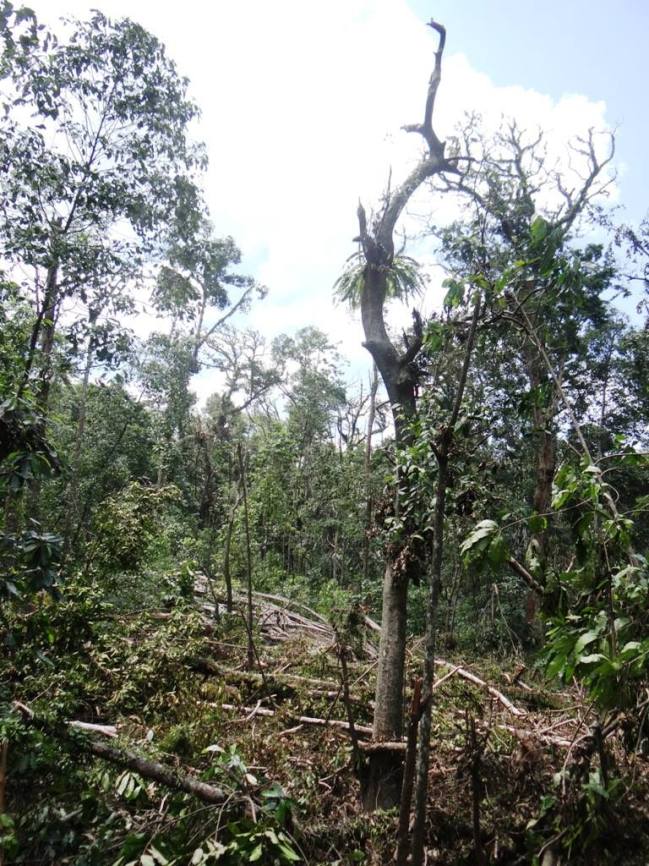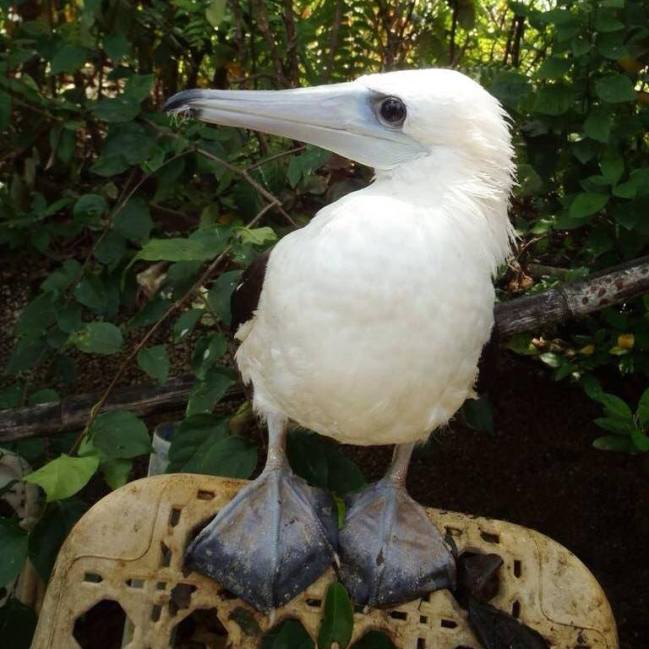A couple of weeks ago I hit the three-year point of my PhD candidature, which all those who have done, or a doing a PhD know, doesn’t mean hand up a thesis, but rather, apply for an extension. It is almost unheard of for ecological PhD projects to be completed in three years, with even the most organised students generally taking four and many others taking even more time than that. While completing the necessary paperwork to apply for an extension, it wasn’t difficult to justify why the project was not finished. Remote, field-based and season-specific were all keywords that mean even the most minor obstacle can set parts of your project back a whole year. However, in some cases these obstacles can be anything but minor and can leave students having to completely redesign their project. The following stories don’t fall into that category (fortunately) and are simply my own musings of how things could have been a lot worse.
Black Saturday Bushfires, Victoria – 2009
While undertaking my honours research on Coast Tea-tree (Leptospermum laevigatum) invasion at Wilsons Promontory (mid 2008 – mid 2009), Victoria experienced one of the most severe bushfire seasons on record, which included the devastating Black Saturday Fires (7 February 2009). These also included a fire down at Wilson Promontory that began on February 8th as a result of a lightning strike and went on to burn 11,000 ha in the northern end of the park, which included some Tea-tree dominated area at the southern end of the Yanakie Isthmus (where I was conducting my work). The obvious immediate threat of the fire and associated destruction of infrastructure meant the park closed and did not reopen to the public for many months. LUCKILY, I had completed all field work and data collection the month before and was not required to be back at the Prom to finish my thesis. Talk about close. If I had been less organised, or the project had begun later, there would have been no opportunity to complete data collection. On another positive; I now had pre-disturbance floristic data for sites all over the Isthmus collected only a couple of months before the fire. But alas; none of my sites were burnt.

View of the smoke rising from Wilsons Promontory as it burnt. Photo taken from here: http://lifegames.com.au/wilsons-prom-bush-fire/
Cyclone Gillian, Christmas Island – 2014
Earlier this year, a weak tropical low originating in the Gulf of Carpentaria (March 6th), strengthened and moved along Indonesia before shifting into the Indian Ocean and hitting Christmas Island as severe tropical cyclone Gillian (March 22nd). All islanders were required to remain indoors for an entire weekend while the cyclone warning lasted. Several homes lost their rooves with one of the oldest building on the island, the Rumah Tinggi, suffering quite a lot of damage. More significant than the damage to the town was the damage to the rainforest on the plateau of the island. Thousands of trees were felled as hectares of rainforest were left flattened. In an ecological sense, this is quite interesting because although the island occasionally has a cyclone brush past (the most recent had been Cyclone Rosie in 2008), never in recent history has there been disturbance to the forest greater than a few single tree-fall gaps. Needless to say, my supervisor Pete (who has been researching the forest dynamics of Christmas Island since the late 80’s) is very keen to get our there and see how the forest recovers. Now this disturbance was LUCKILY dodged on two counts. Firstly, I have been conducting field work during wet seasons on Christmas Island for the last couple of years and 12 months ago I was running experiments for what would be essentially my last chance to collect data. Exactly where some of the most significant damage occurred was where I’d been conducting an exclusion experiment to test the impacts of the invasive Giant African Landsnail (Achatina fulica). If the cyclone had of hit last year that would of meant no more experiment. Secondly, I actually spent February of this year on the island packing down my exclusion fences and doing the last little bit of data collection – so I only missed getting hit by this by less than a month!

So you’re not normally meant to see any sky when looking into this (previously) closed-canopy rainforest. Photo credit: Island Care Christmas Island
Obviously not all students can dodge major disturbances with such expert luck and truth be told, I (like all) have had my own fair share of setbacks. If fire burns your plots or cyclones hit your sites I guess it’s time to reframe your study, as there is always something interesting to look at and curious processes to describe.
So with my data in hand and scholarship extension in the bank, it’s time to complete these manuscripts and get this PhD together. Watch this space for all things that aren’t actually writing the papers.
Luke
P.S.
The cyclone on Christmas Island and the associated damage to the rainforest displaced many endangered Abbott’s Boobies (particularly juveniles) and volunteers on the island are desperately seeking financial assistance to help raise these awesome birds to adulthood. Go here for more info and to make a donation https://www.chuffed.org/project/save-the-abbotts-booby/ because as they say on the site, these guys eat a lot of fish!


